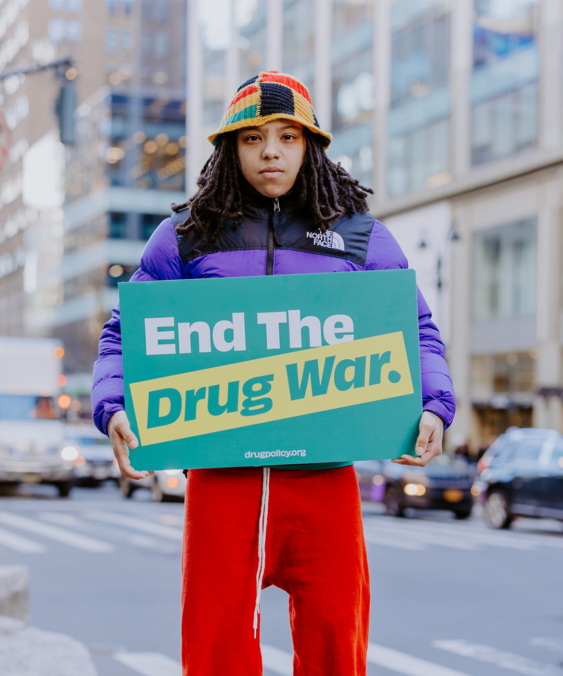
Since 2018, Native American people have had the highest rate of overdose deaths compared to all other groups. Why?
Native people have faced generations of disinvestment in structural and social determinants of health. Historical and current policy factors make them more likely to experience poor mental health, suicide risk, and drug-related harms, including overdose. Native people often lack access to medications for opioid use disorder (MOUD). They may have limited access to harm reduction education, tools, and supplies, particularly on tribal land. They face racist drug law enforcement that disproportionately targets them. And they experience mistreatment and stigma in healthcare settings.
To save lives, we need to decriminalize drug possession and harm reduction tools; improve access to medications for opioid use disorder (MOUD); expand and fund more harm reduction and overdose prevention services; and increase culturally sensitive services.
Related resources:
